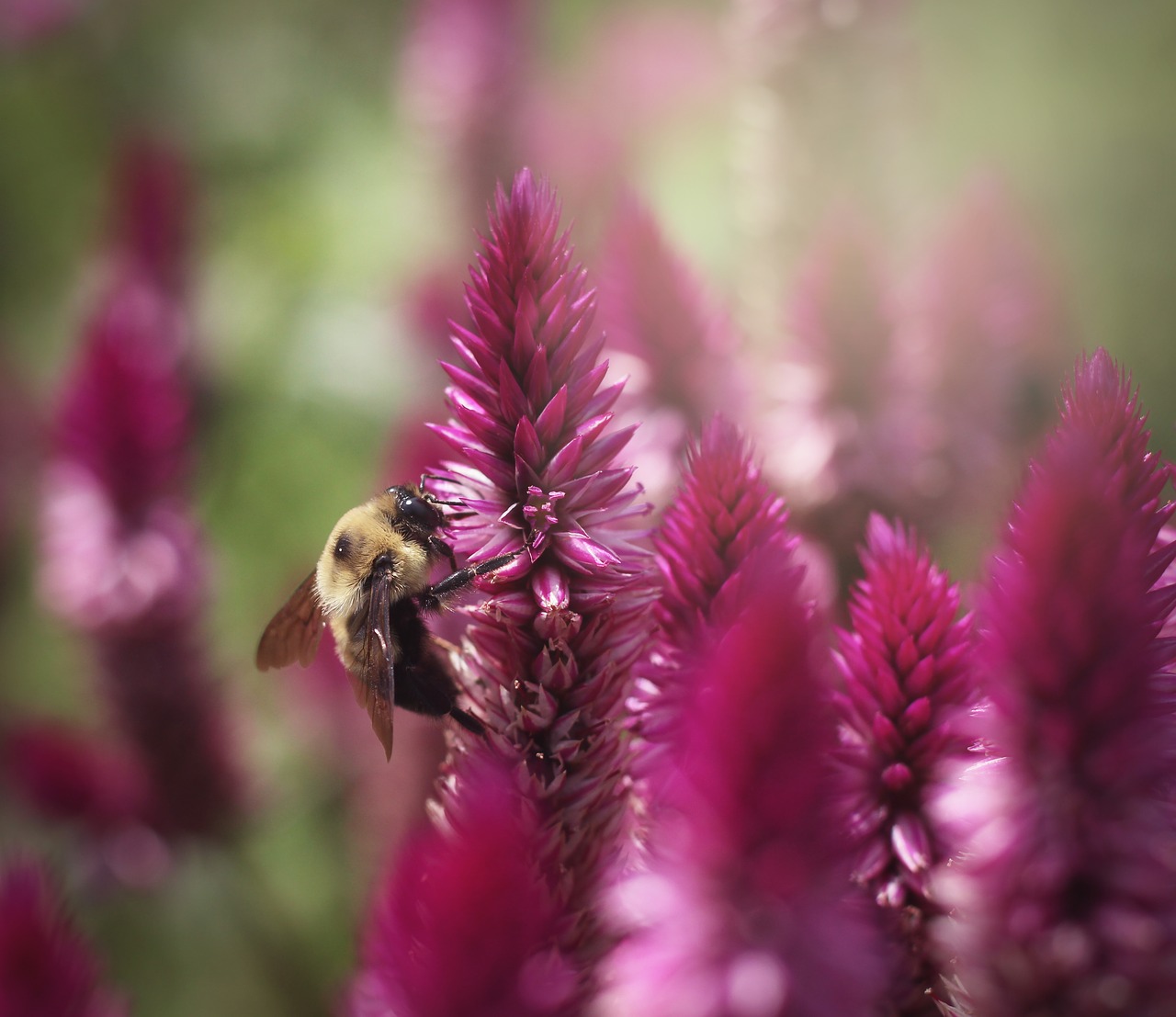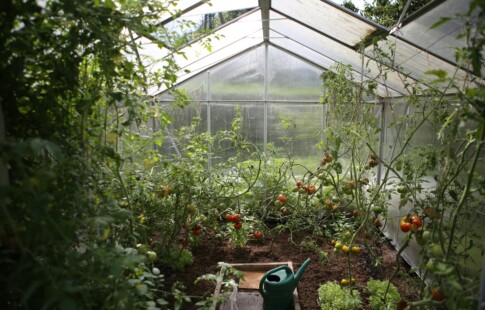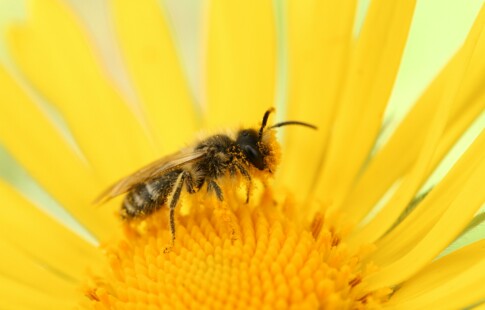
National Honey Bee Day: Why Honey Bees Aren’t the Bees We Need to Worry About
We are reader-supported. When you buy through links on our site, we may earn affiliate commission.
National Honey Bee Day is August 19th, and it’s certainly a good idea to pause and be thankful for the way that honey bees provide the sweet stuff we love to spread on our toast, put into oatmeal and use for flavoring our tea and coffee. Honey bees are undoubtedly important to our eco-system.
However, when people urge others to “save the bees” — a statement which has recently intensified — it’s likely only honey bees that are on their minds. There are more than 25,000 species of bees besides the Western honey bee that many individuals know best. Honey bees produce honey, and they’re pollinators, but there are tens of thousands of other bees getting ignored.
Analysts say it’s even difficult to precisely say how many species of bees exist because relatively few have hives. Since they don’t return to dedicated places and instead roam freely, counting them becomes impossible.
Seven Kinds of Bees Added to the Endangered List in 2016
When the U.S. Fish and Wildlife Service made a 2016 update to the endangered species list, there were seven kinds of yellow-faced bees on it, yet no honey bees. It’s also notable that all the listed bees are native to Hawaii. Although these Hawaiian bees have little impact on human agricultural yields in the state or elsewhere, they’re still crucial pollinators for Hawaii’s plant and floral growth.
Map Reveals 139 Counties With At-Risk Wild Bee Population
In early 2017, news coverage revealed that a team of researchers created a map detailing the extensiveness of the danger to wild bees across the United States. The scientists presented it at an annual meeting of the American Association for the Advancement of Science (AAAS).It was the first time that people had taken a look at the threat to wild bees on a national scale. The visual representation revealed that there were 139 counties in agriculturally rich areas of the U.S. that showed a declining wild bee population as the demand for crop pollination rose.
That research indicates — as we celebrate National Honey Bee Day this year — that it’s essential to remember that although honey bees play an indispensable role in the environment, so do other species of bees.
Wild Bees Pollinate Differently Than Honey Bees
Scientists know wild bees take part in something called “buzz pollination.” It involves shaking flowers at a certain frequency to release pollen more quickly and stimulate faster pollination. Honey bees pollinate too, but they can’t do it through buzz pollination.
Bumblebees are especially good buzz pollinators. Farmers have started keeping them commercially because they depend on the bumblebees so much to help their crop yields. However, some types of bumblebees that were more widely spread throughout the United States are only in limited areas.
Take the rusted patch bumblebee for example. It was once inhabiting the Eastern United States and Southeastern Canada. Now, it’s only in a few small Midwest populations.
More About Bees and Our Food Supply
As you celebrate National Honey Bee Day this year, remember that there are numerous reasons to be grateful. Among them is the fact that bees pollinate one-third of the food supply. Most of our vegetables and fruits depend on the essential duty that bees perform. Plus, so does alfalfa, which is part of a cow’s diet, and as such, affects beef availability.
Evidence suggests that as farmers depend on commercially raised bees for better crop yields, wild, local bees suffer the consequences. Commercial bees are often depended upon to help crops of valuable fruits. Specifically, honey bees and bumblebees are the kinds that most often get used commercially.
Commercialization Promotes Disease Spread
So how do commercial bees adversely affect the wild, local bee population? If commercial bees get stricken with diseases, the resultant health hazards can sometimes affect local, wild bees in nearby communities.
Commercial bee use has gone up over the last several decades. Along with that popularity boost, there’s been an increase in disease spread. So, as honey output and pollination productivity go up in some species of bees, others might get infected by diseases introduced by commercial bee populations.
The major problem is that commercial honey bees and bumblebees frequently get moved across borders. During that movement, parasites and other contaminants come with them. Also, even when wild bees don’t get infected with new diseases, they’re often more likely to get infected by those that already exist in their populations.
Introducing massive numbers of commercial bees into an area also causes additional competition for the existing food supply and increases the stress experienced by local bees. In turn, both of those factors can make wild bees more likely to get sick and die from diseases that might not have otherwise affected them.
Show All-Encompassing Concern for the Bee Population
As you recognize National Honey Bee Day this year, it’s certainly worthwhile to show your gratefulness for those specific pollinators. However, don’t forget that there are thousands of other bee species to care about too. Many of them are in just as much or even more danger as honey bees.
The next time someone encourages you to join in a “Save the Honey Bees” chant, try broadening their perspective. Honey bees are important, but all bees are worth saving.
Share on
Like what you read? Join other Environment.co readers!
Get the latest updates on our planet by subscribing to the Environment.co newsletter!
About the author

Jane Marsh
Starting from an early age, Jane Marsh loved all animals and became a budding environmentalist. Now, Jane works as the Editor-in-Chief of Environment.co where she covers topics related to climate policy, renewable energy, the food industry, and more.





